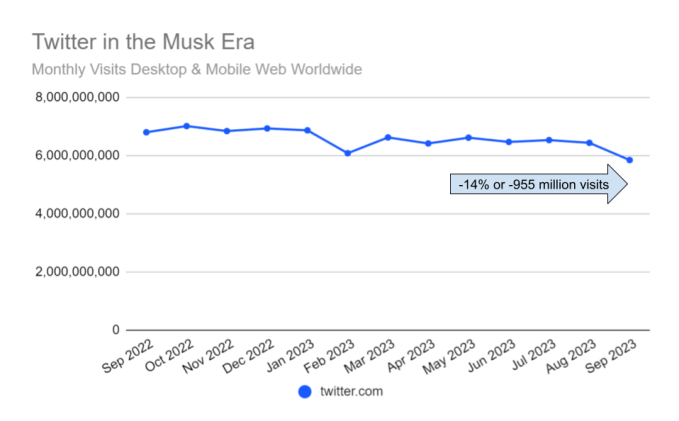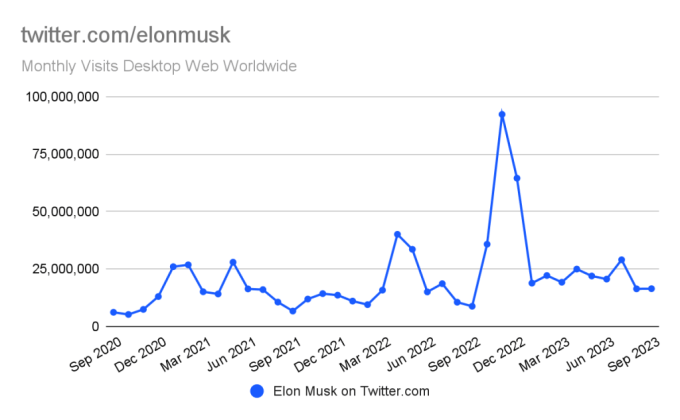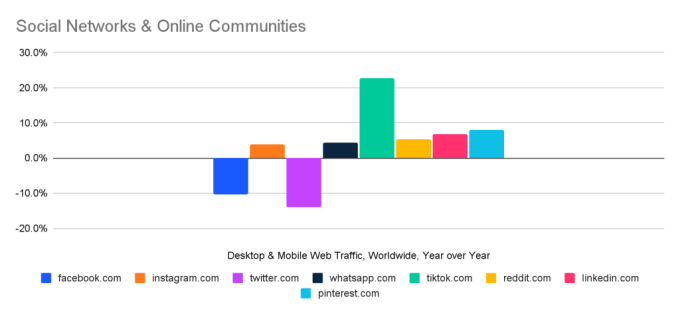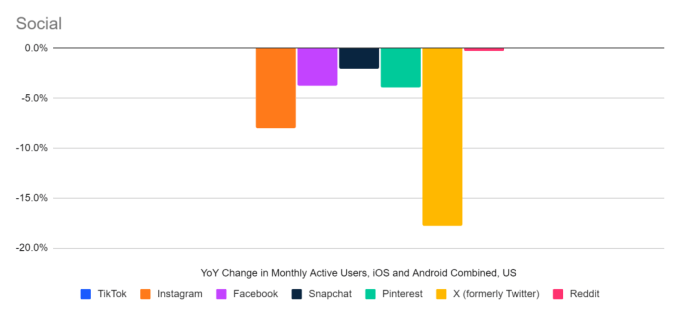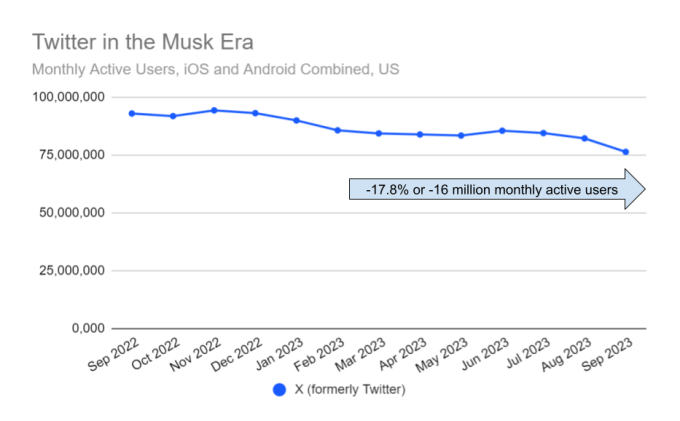The ‘Shark Tank’ investor and serial entrepreneur says he stopped advertising on X months ago. The writing was on the wall.
X, the social media company formerly known as Twitter, made headlines recently as advertisers have left in droves. Many have blamed the mass exodus on the actions of X’s owner, Elon Musk, along with companies’ unwillingness to be associated with the X brand.
But in a recent interview with CNN, Shark Tank investor and serial entrepreneur Kevin O’Leary says he left X for a completely different reason.
“I spend about 2 million [dollars] a month on social/digital buys with my 40-plus companies,” O’Leary explained. “But nine weeks ago, we stopped investing in Twitter. Only because it wasn’t giving us good CAC, customer acquisition cost numbers, and ROAS, return on advertising spend. So those numbers were the worst of all the platforms.”
He continued, “I would put money to work if they could fix this mess. I don’t know what to say. It’s not working.”
It’s not working.
With those three words, O’Leary sums up why he left advertising on X, and it has nothing to do with Musk or the controversial issues he’s been dealing with. In fact, O’Leary said he’s “agnostic” to the controversial issues, and that his goal is simply to “put money to work where it returns customers.” He also said he has “high hopes for Elon to fix it.”
There’s a deeper lesson to extract here, one that could be valuable not only to X, but also to you and your business. And it has to do, not with X’s advertisers, but with its customers.
The reason behind the reason
It’s important to recognize that O’Leary isn’t the only one to say X isn’t providing enough return on investment.
Earlier this month, Walmart told The Wall Street Journal it too stopped advertising on X, with a spokeswoman adding that “this has nothing to do with Musk’s statements on or off the platform,” and that “we’ve simply decreased spend over time to align with performance.”
Additionally, a Walmart spokesperson told Reuters the company was not currently advertising on X “as we’ve found other platforms to better reach our customers.”
So, what’s the problem? Why aren’t ads on X providing the return companies like Walmart and those owned by O’Leary are looking for?
Well, it may be a temporary problem. But it’s also important to realize that the X audience and user experience is much different from that offered on other social media platforms.
Since Musk’s takeover of Twitter over a year ago, and the subsequent rebranding to X, the platform has become much darker–literally and figuratively. The logo and branding send emotional signals of “extreme” and “edgy.” Even Grok, the A.I. chatbot that Musk is billing as a direct competitor to ChatGPT and which is already being made available to X Premium Plus subscribers, has gained notoriety for its ability to use vulgar language.
This positioning is much different from that of Facebook, Instagram, and TikTok. Although those companies have their own problems, they are generally considered “family-friendly” and “mainstream”–at least by their users.
And herein lies the problem: X’s positioning limits the potential audience that mainstream advertisers hope to reach on the platform.
Maybe it’s true that the majority of advertisers who have left X did so because of disalignment with Musk and his company’s policies. But their decision to leave becomes an easy one if their ads are getting better performance on other platforms anyway.
Of course, Musk has repeatedly stated that his goals for Twitter/X are to completely transform the platform. He wants X to be an everything app, where users come not only for conversation and entertainment, but also to do their banking and other financial activities. If he succeeds at creating a new product type that people actually use, the loss of advertising dollars may no longer be so important.
But we’re a long way from that. And if X continues to push users and advertisers away, it’s questionable whether it will survive the interim.
So, what’s the lesson for you as a business owner?
If you’re considering a rebrand of your business, remember that the changes you make will have an emotional impact on your customers. Those decisions will have far-reaching consequences–some intentional, others not. So, take your time to think things through, and make sure the message you’re sending continues to be one that resonates with your target audience.
Of course, it’s very possible Musk anticipated many of these consequences, and he’s willing to live with them. But it appears that many of his company’s advertisers aren’t.
Feature Image Credit: Kevin O’Leary. Getty Images



